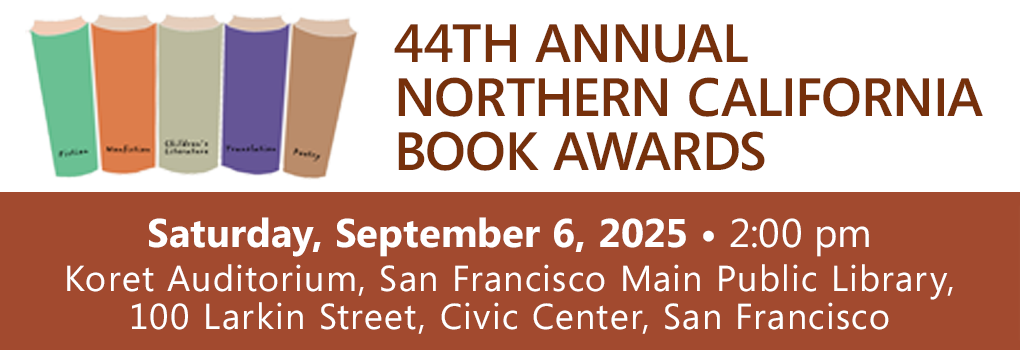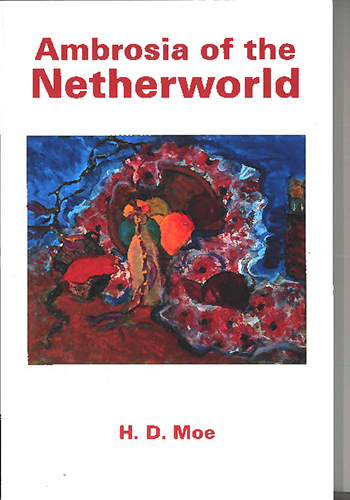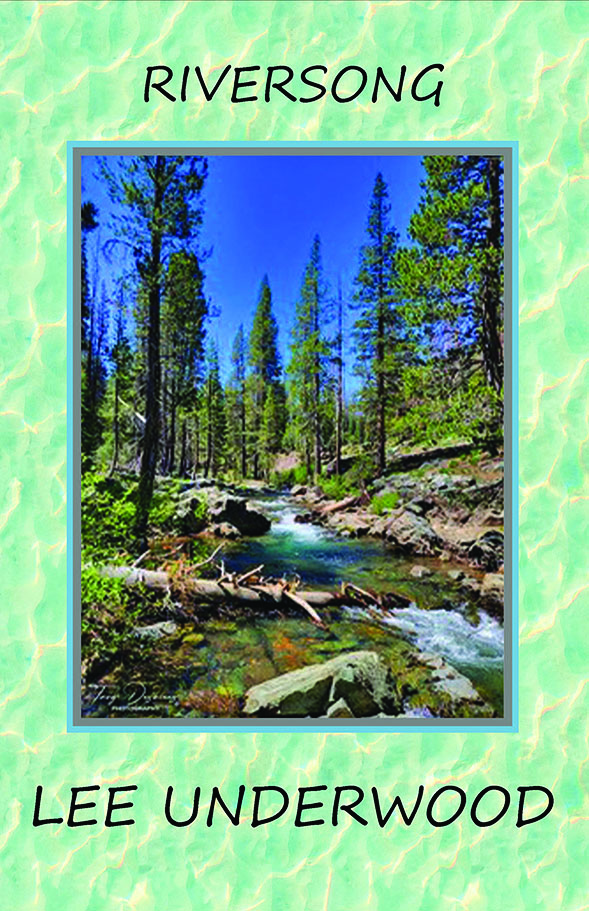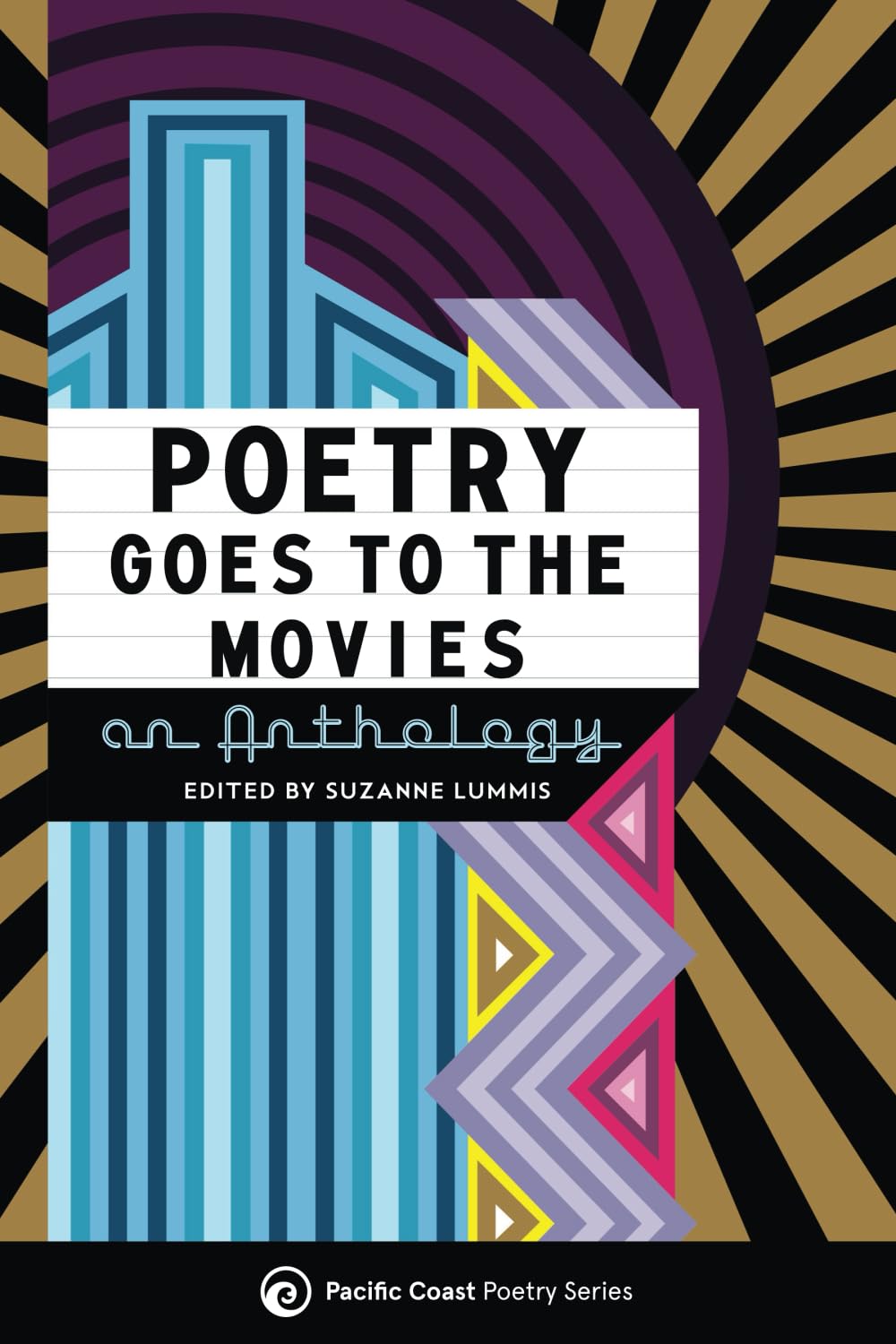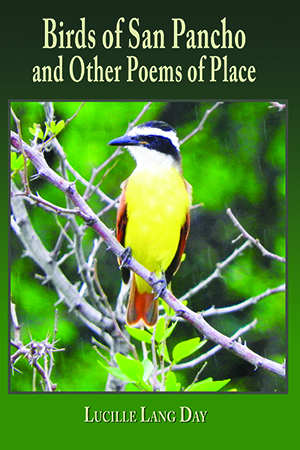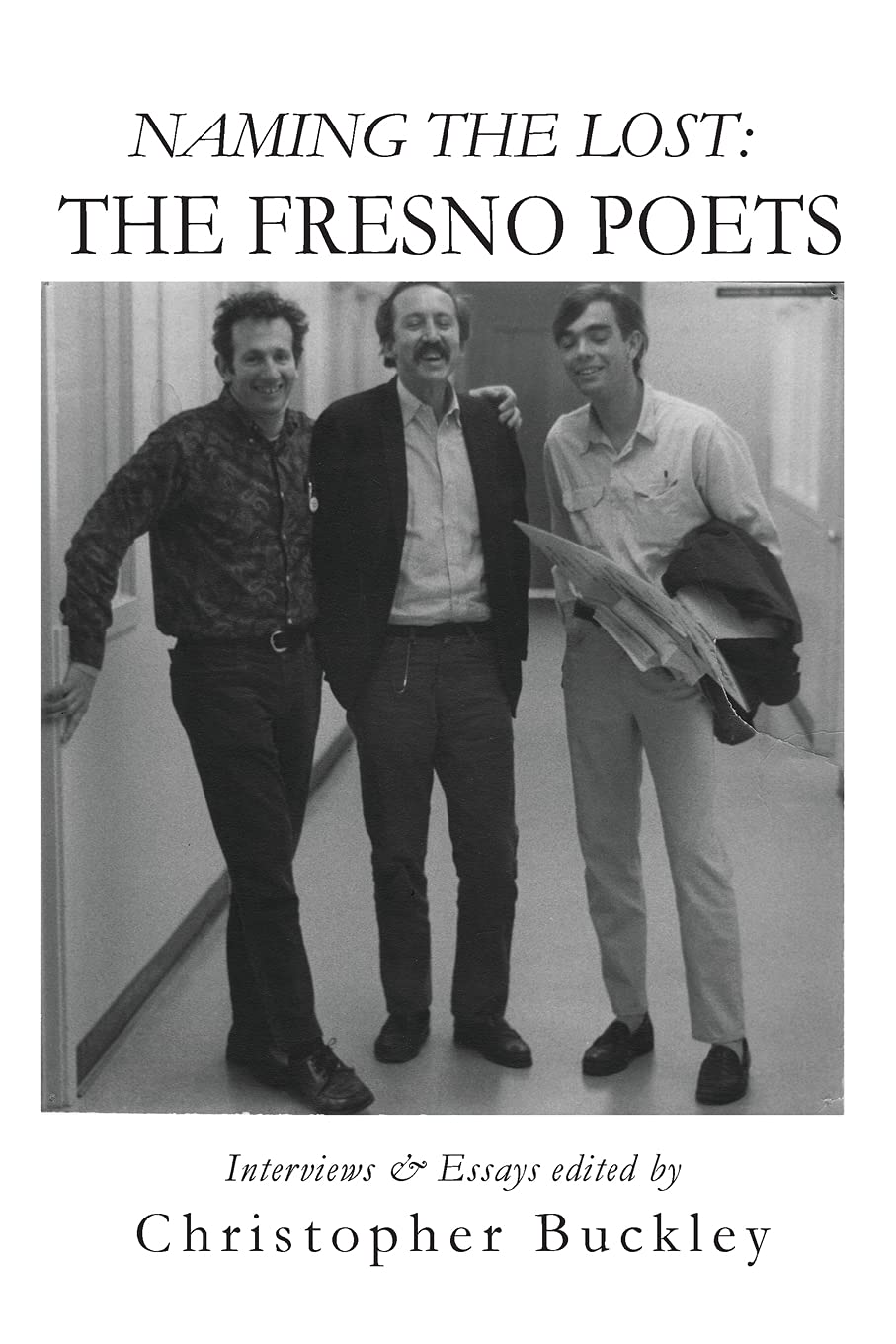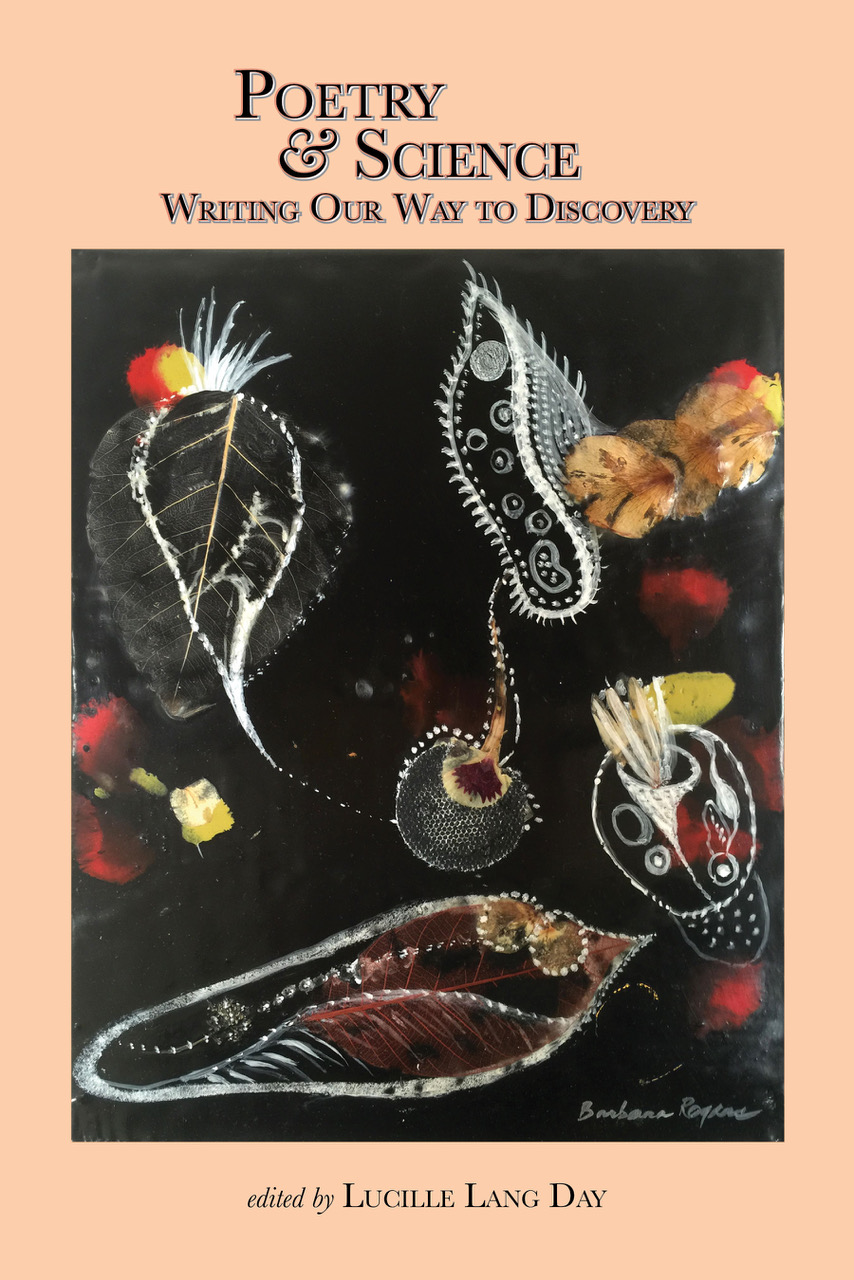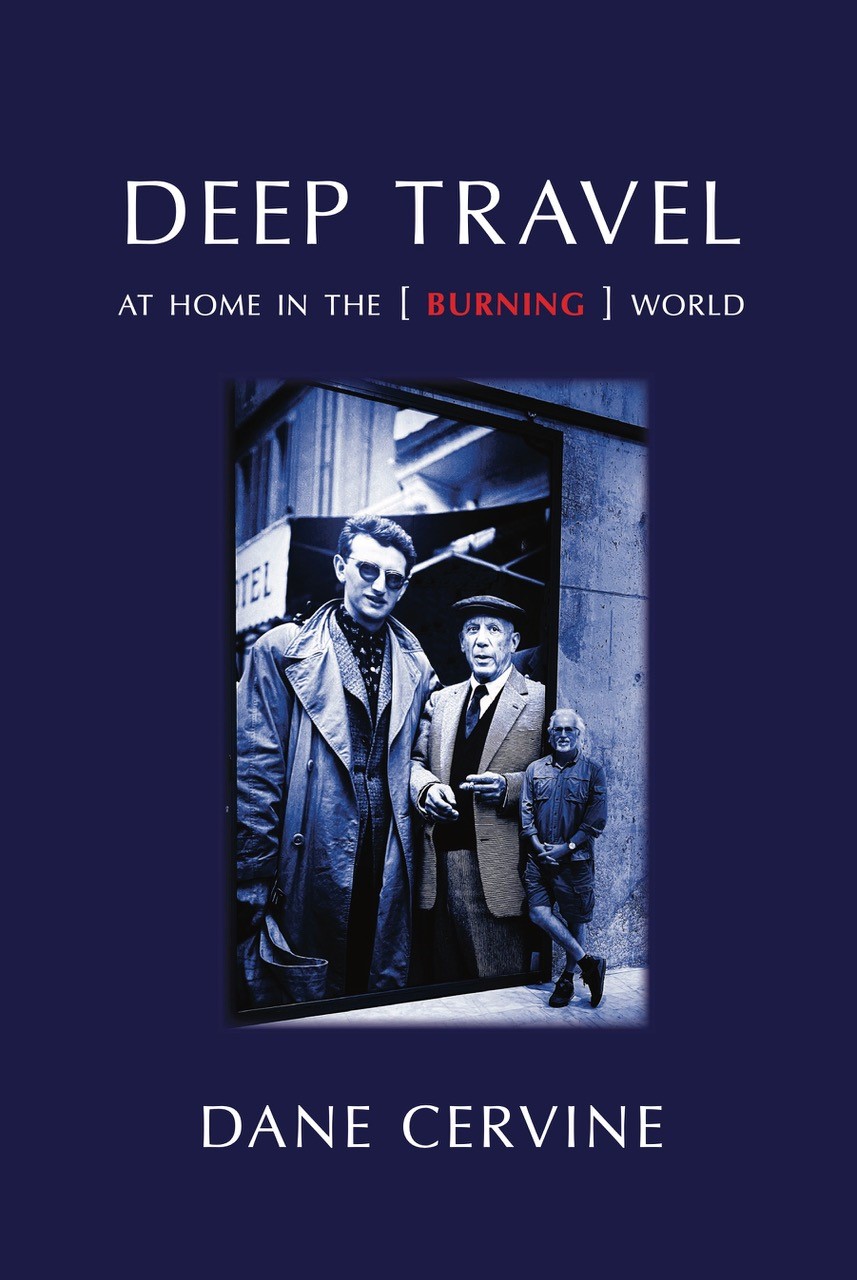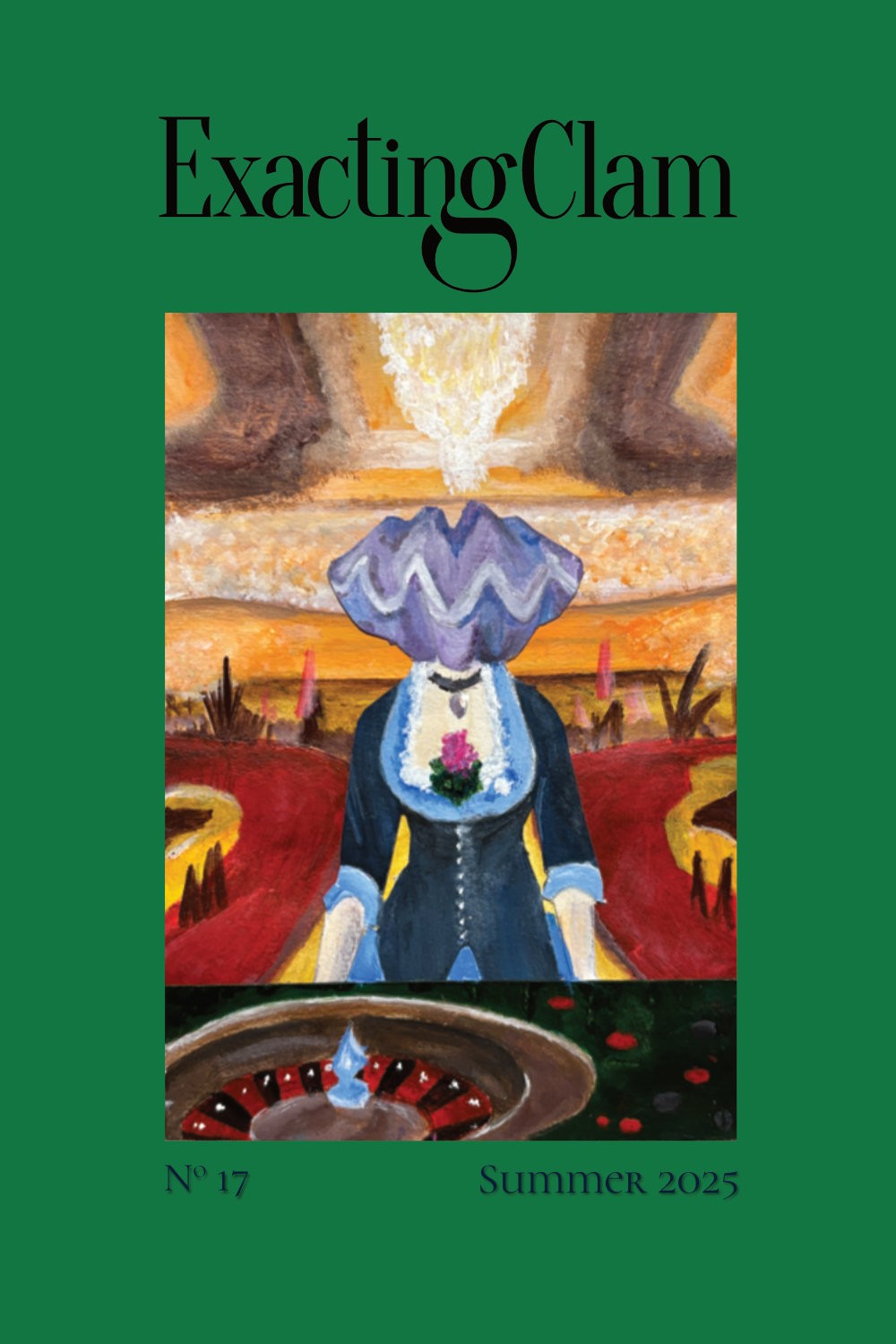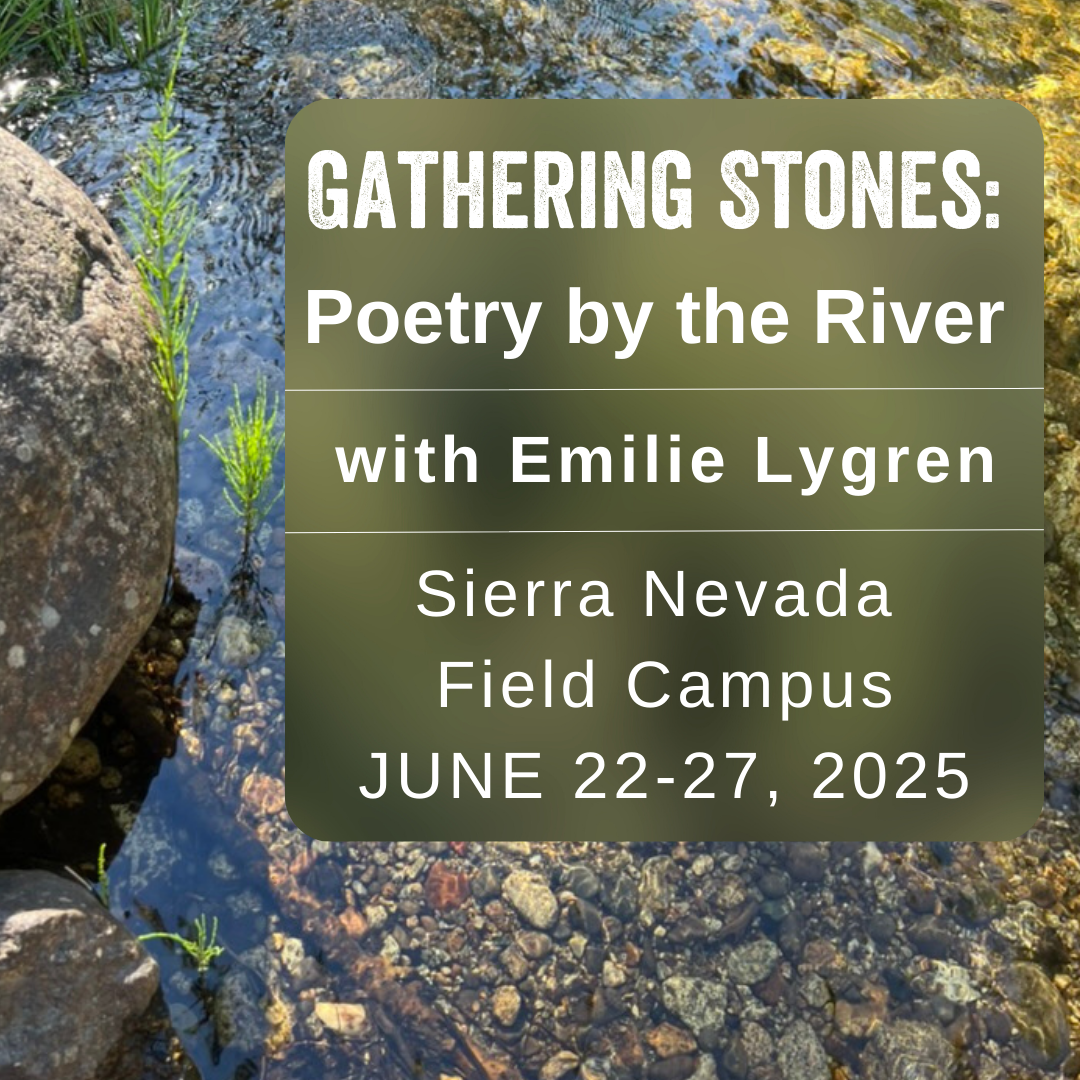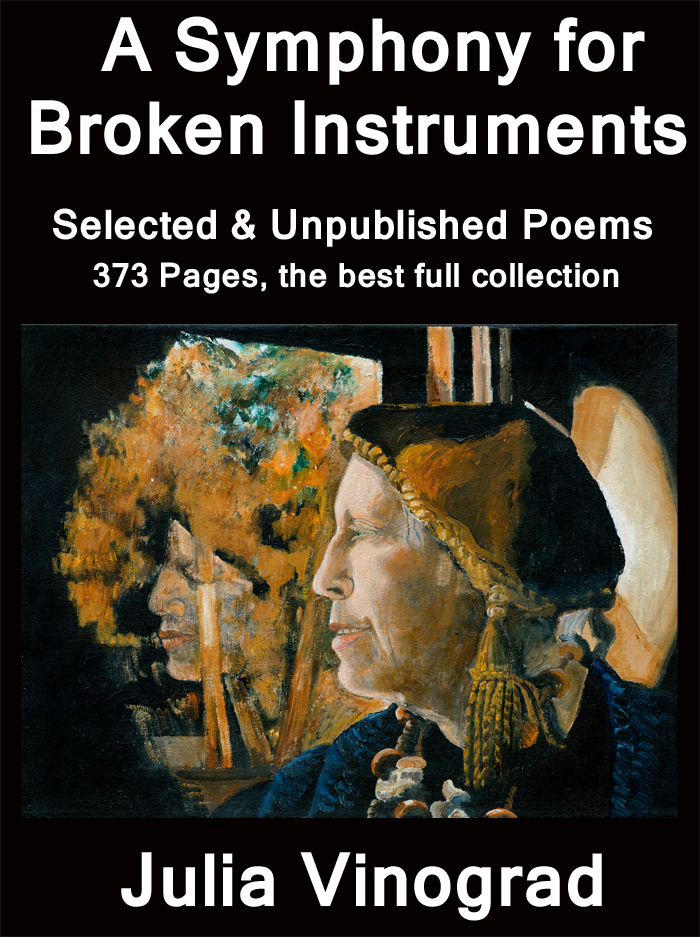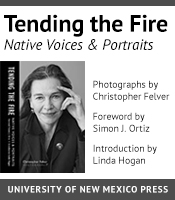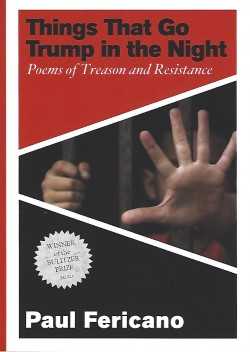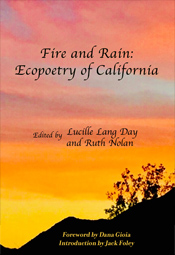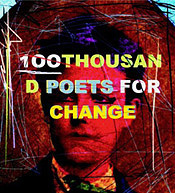
Letting the Questions Stand
a review by Megan Harlan
How to Live on Bread and Music, by Jennifer K. Sweeney, Perugia Press, Florence, Massachusetts, 2009, 91 pages, $16 paperback, www.perugiapress.com.
We know that Jesus believed we cannot live on bread alone. In the title poem of Jennifer Sweeney's finely crafted, quietly ravishing second collection, bread is fused with music into a marvelous sustenance worthy of both body and soul:
Take the wheat in your sage-rubbed hands
and pull out the dull chords.
Fold in Ravel. Hazelnuts.
Fold in the fury,
quarter notes rising from the grain.
(p. 22)
Though mostly written as a compact list of commands, the poem inspires less a sense of certainty than one of mystery—and of divine play. Is living on bread and music itself a personal choice, a dare, an existential goal, or maybe a life sentence? It really could be any of these things. But each directive issues a clear invitation—to explore, to imagine, to jump right into the poem's fresh and startling element.
Throughout How to Live on Bread and Music, which won the James Laughlin Award from the Academy of American Poets for the best second collection published in 2009, we find several other 'how-to' poems that contain as much questioning as command—including "How to Tune a Xylophone," "How to Uproot a Tree," and "How to Feed an Orchid." In "How to Make a Game of Waiting," Sweeney suggests, "Every night, ask until you can hear what replies." The answer to 'how to' for Sweeney seems to reside in tensile possibility and continual flux. Her surest mode of voice is one of query.
Take the book's opening poem, the stunning "Nocturne," with these first lines of fourteen, paired in couplets:
There is a blue city in mind
constructed slantways
along a rippling canal,
clean and unpeopled but for a musician
who plays a harp without strings.
A haunting image, yes, but one that also directly implicates the reader's imagination by the poem's last two lines:
Maybe you hear a song or maybe you don't.
That is the choice we are always making.
That "making" continues to ring on; music is both source and subject here. The poem is beautifully served by the taut lyric structure, delivering the effect of constant yet contained motion, not to mention an almost timeless feel. We could run across this musician in practically any era, or any place, and that final choice would be just as relevant and challenging.
Many of the poems concern the power of sound and music to enter the body—to transform and transport it—and to harness our experience of time. And Sweeney brings to her subject the imaginative craftwork of a gifted lyric poet. She seems to delight in the crystalline nature of the contemporary lyric, exploring its dense, reflective topographies without burning anything down in the process. There is no melodrama in this book, either in tone or form, nor any linguistic or structural sleights-of-hand. What fuels the work is the scrupulous honesty and keen observations Sweeney brings to her inventions, and her kinesthetic command of that humblest and most demanding instrument—the poetic line.
"[Y]ou could live in that landscape of sound / I saw him do it," (p. 30) she writes of her father, lines that break one breath across the next. This quote is from "The Listeners," a ten-page poem—and the only one in the book even approaching this length—about the speaker's relationship with her father, who was a devoted collector of vinyl records, and their shared passion for music. The poem eschews a straightforward narrative structure, broken instead into short sections that resemble a mosaic of lyric pieces, rough-edged and distinct. Not every individual facet here shines, but viewed together we are able to witness the speaker moving into and out of the possibility for transcendence: "before I knew that magic / is just not understanding how the world works." (p. 28)
Moving through the book's five sections, Sweeney displays a wide yet carefully chosen range of structures with which to interrogate her sense of time and memory, and the mischief they make with the body. The first section includes some more conventional autobiographical material, poems about childhood and family, being a daughter, a sister, a student, like this first stanza of three in the poem, "Comfort":
Suppose your mother had thorns
which she hid under baggy dresses
and you were just a child.
Would that explain the river between you?
But by the book's final section, memory is studded and trip-wired with philosophy. A swift-moving prose poem, "What Call," describes the speaker's childhood recollection of a freight train that "rumbled along the edge of town and how I let myself drift into that funneling. My family claimed I made the train up along with other memories no one had. Hard to know still, which world is more real, doubt or beauty?" And Sweeney, true to form, wisely lets this question and its mysteries stand. ![]()
Megan Harlan's first book of poems, Mapmaking, won the John Ciardi Prize for Poetry and was published in 2010 by BkMk Press/University of Missouri-Kansas City. Her poems have appeared on the PBS Newshour's Poetry Series, Poetry Daily, and Verse Daily. She lives in Berkeley, California.




